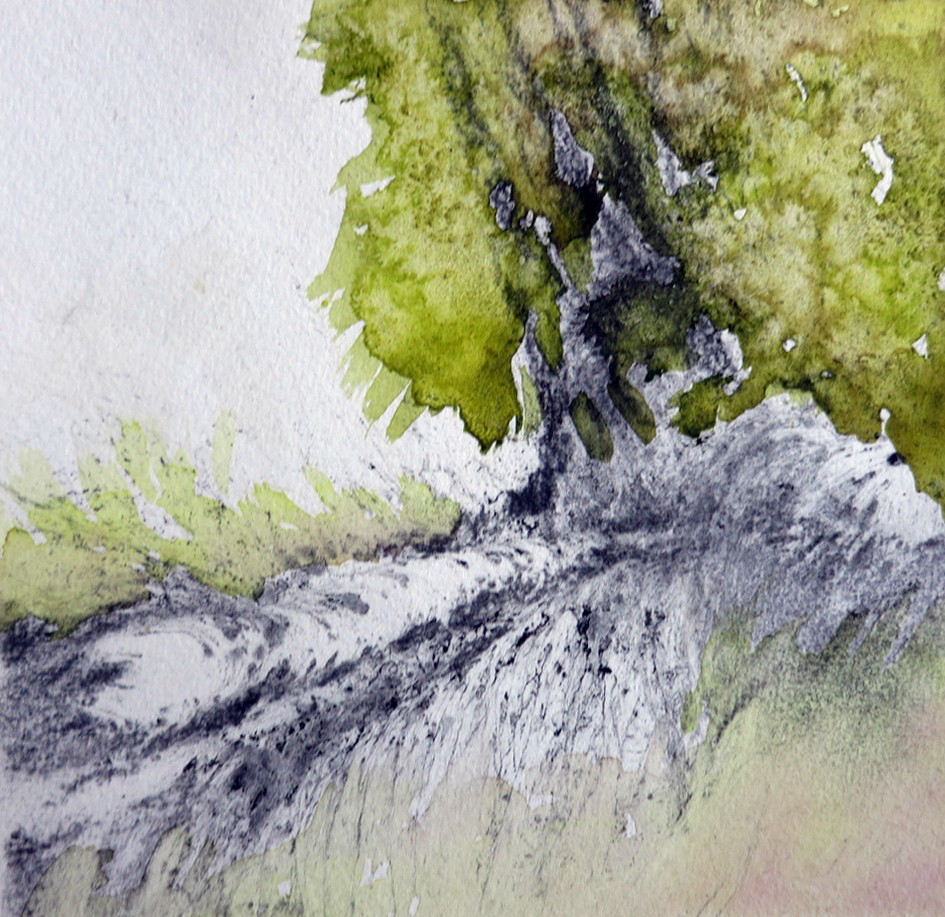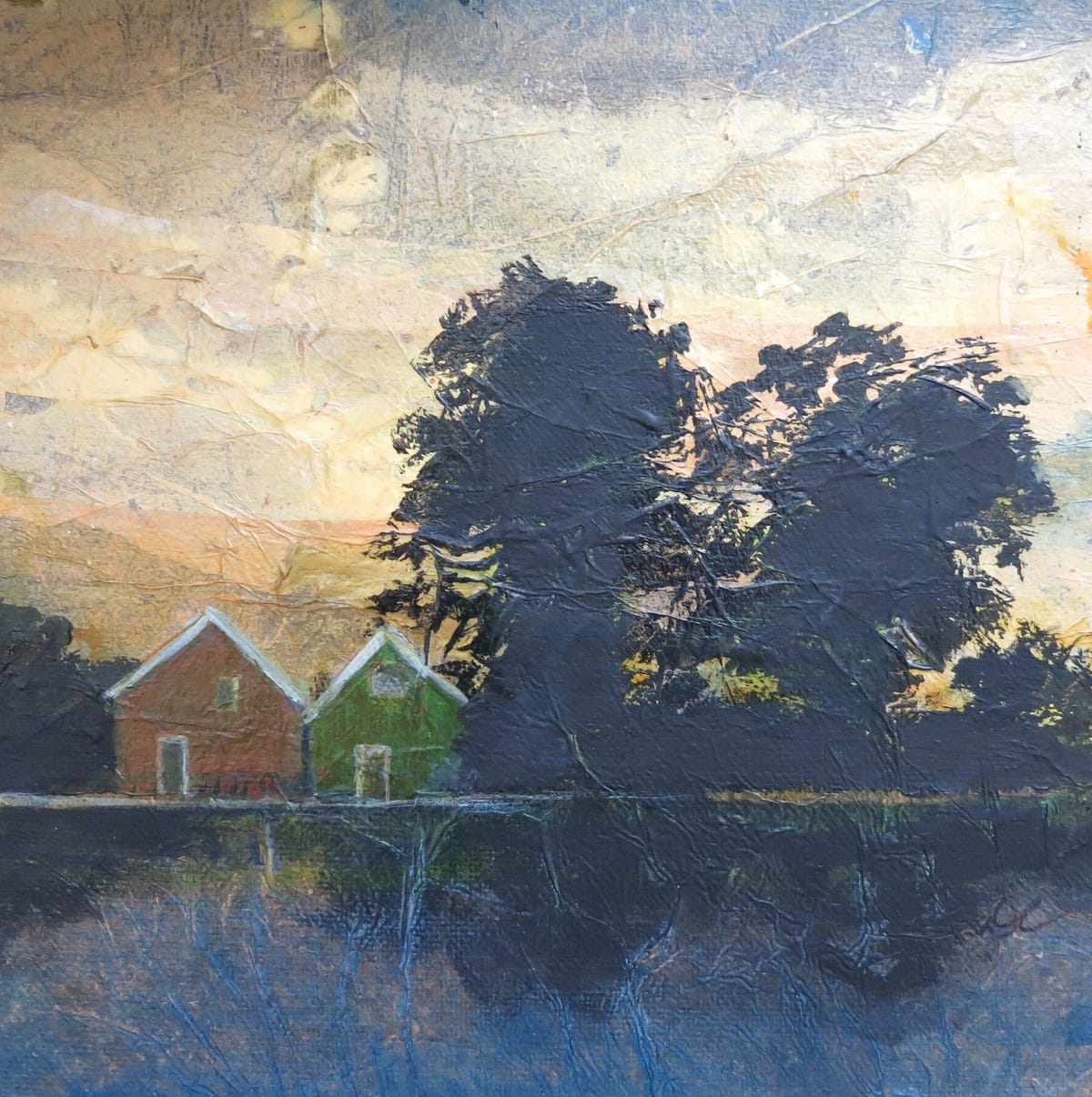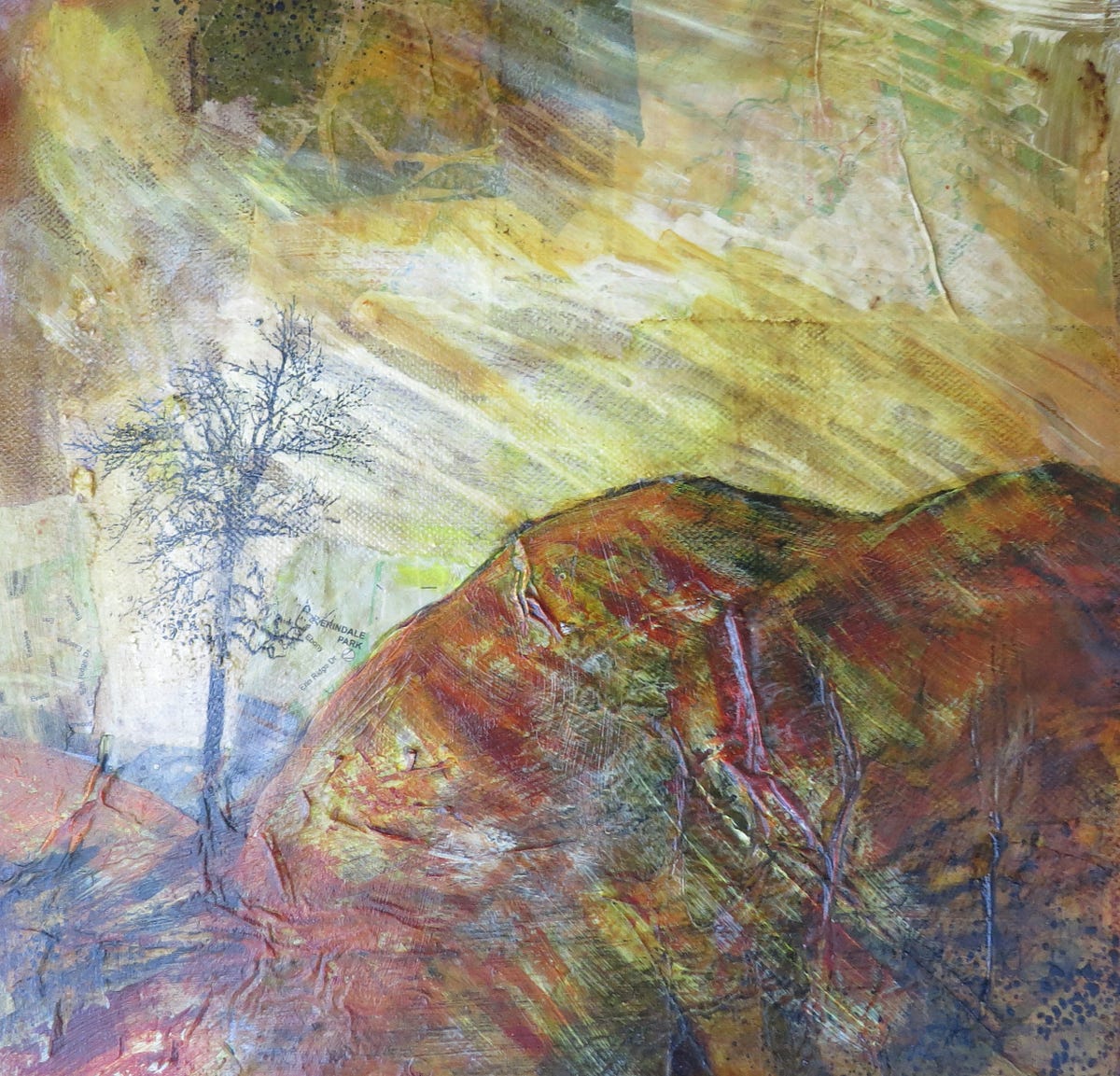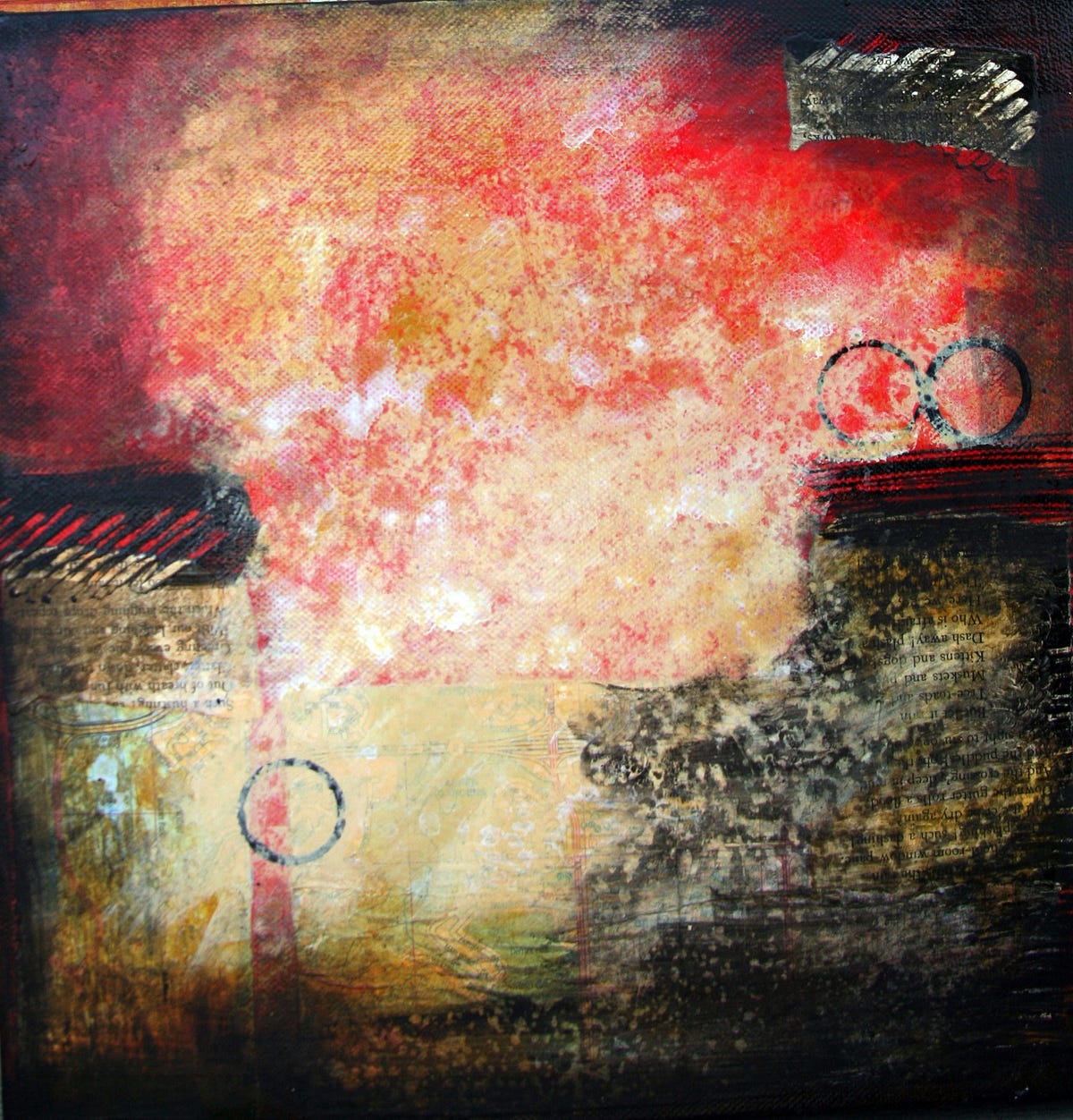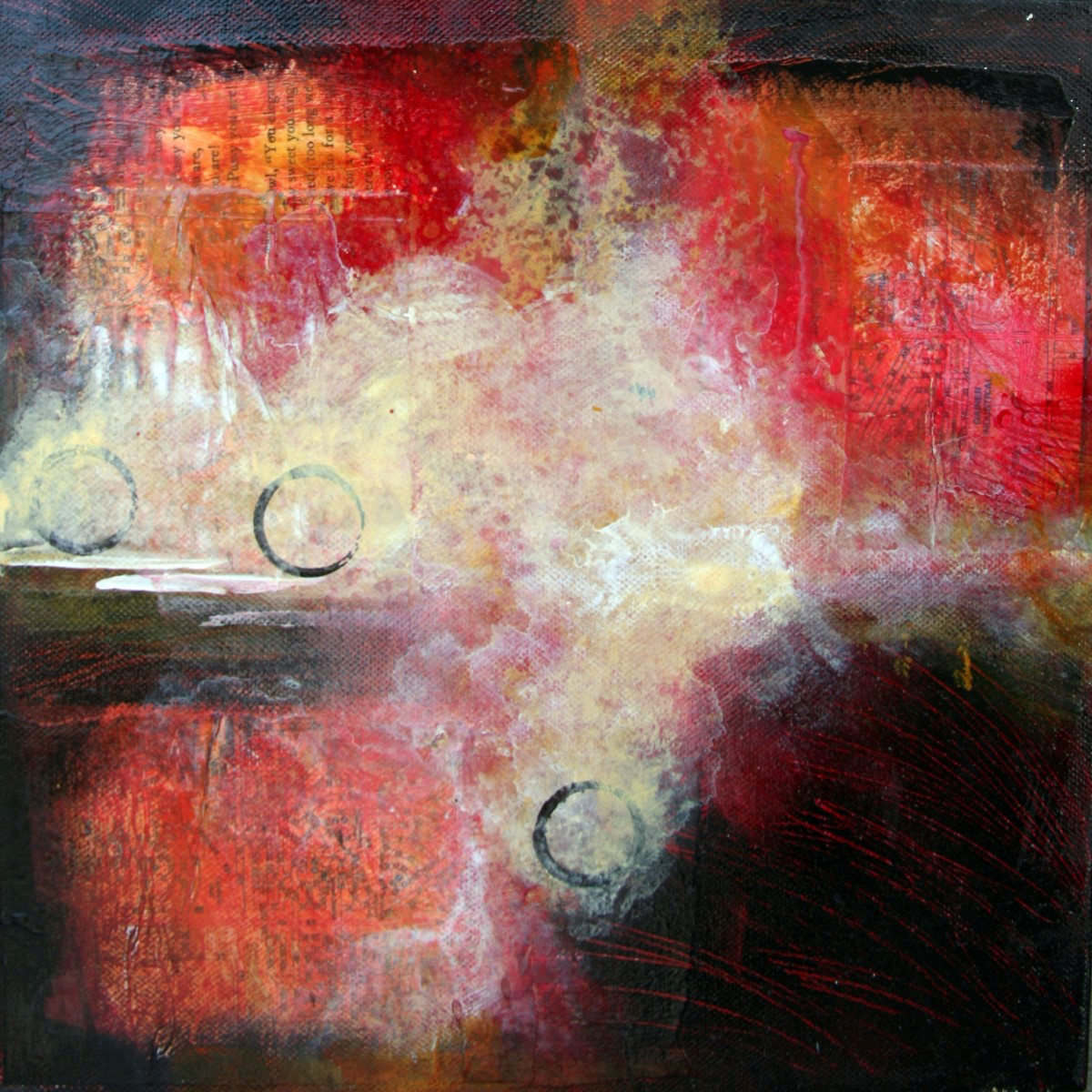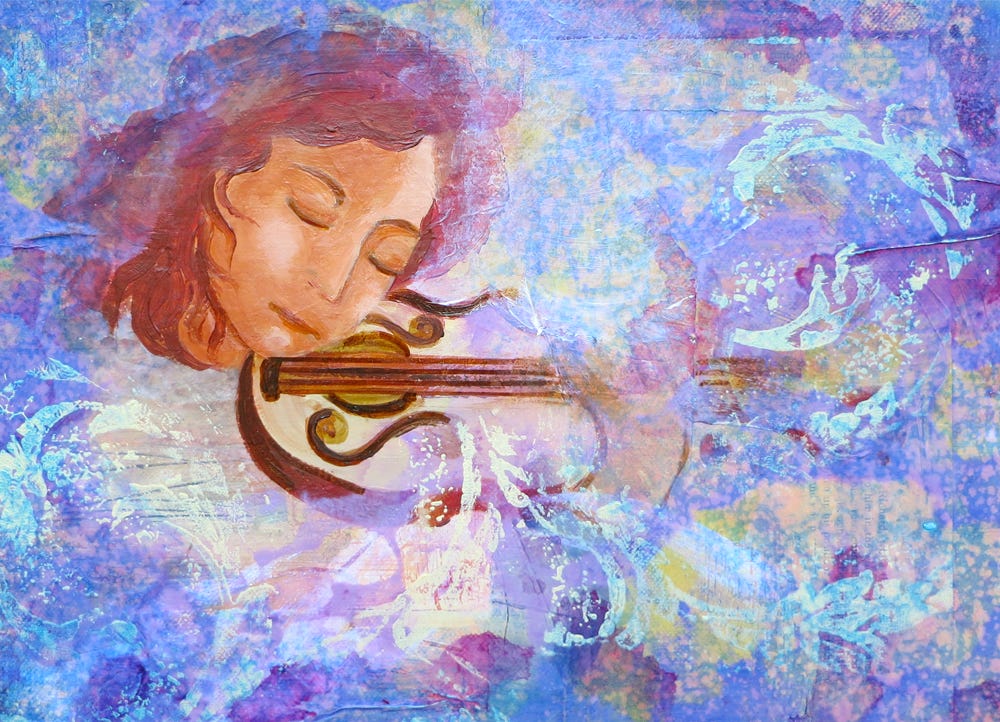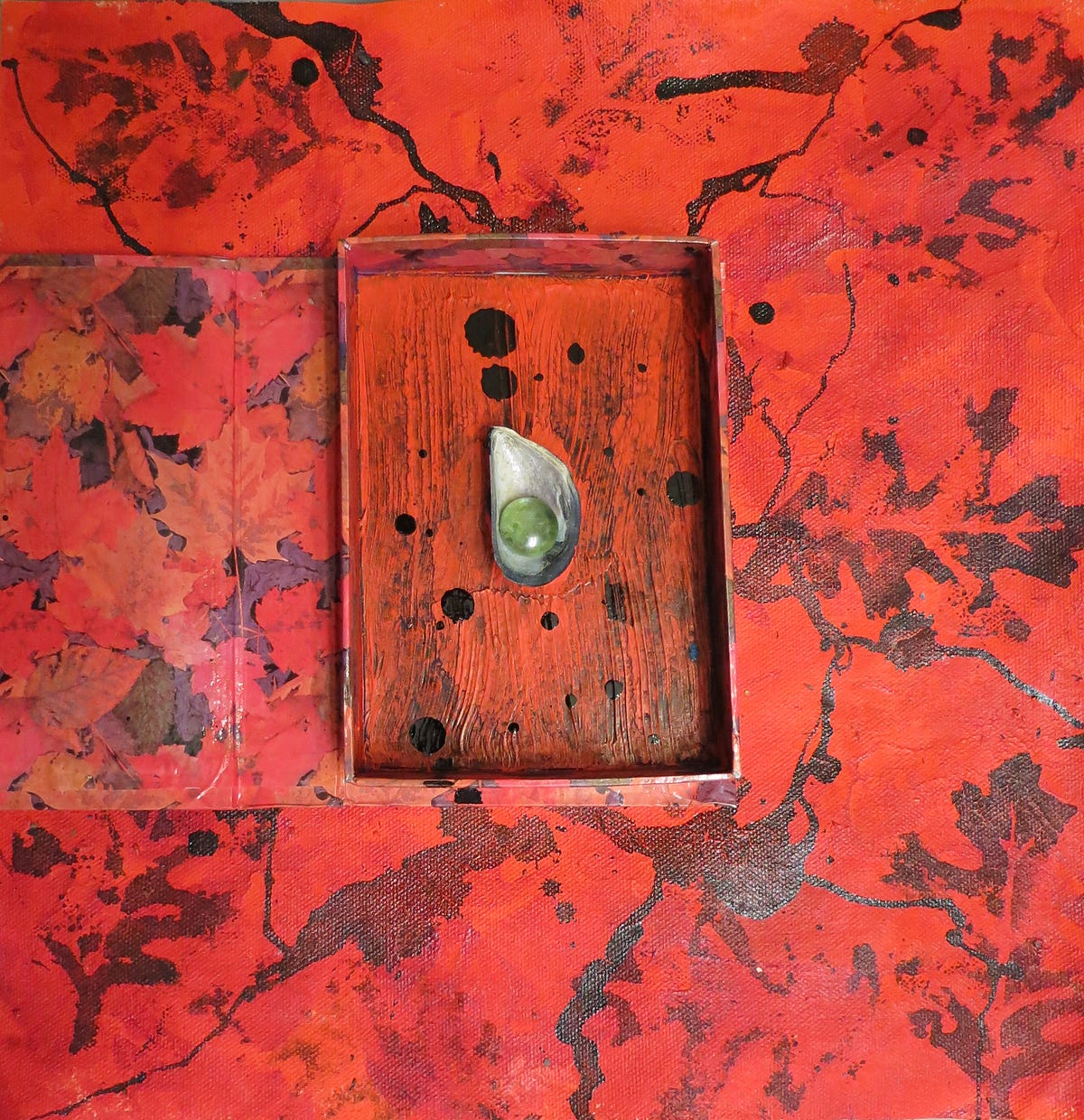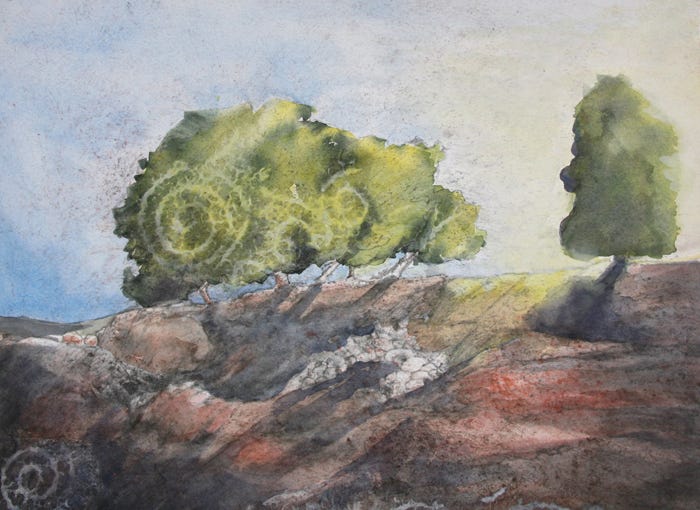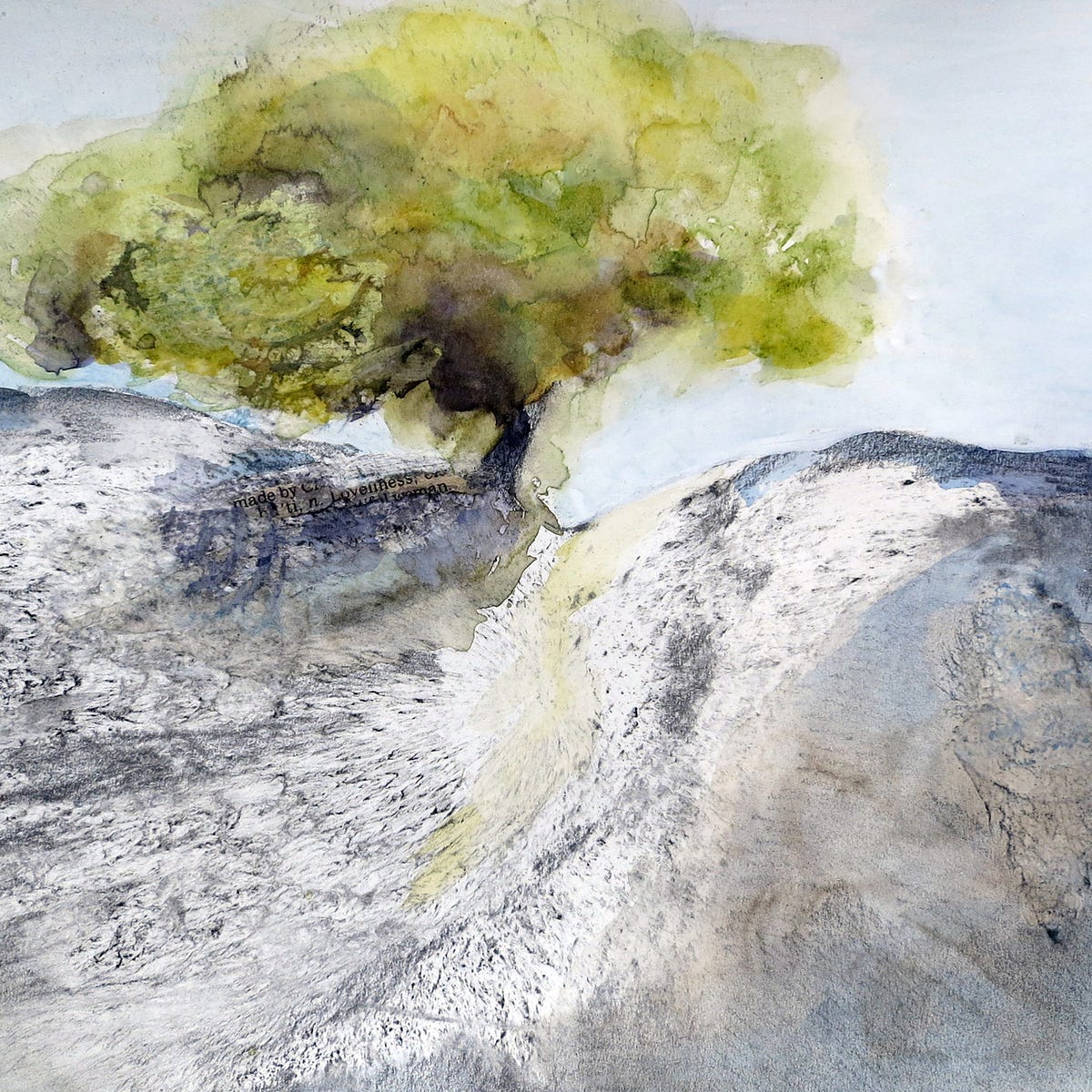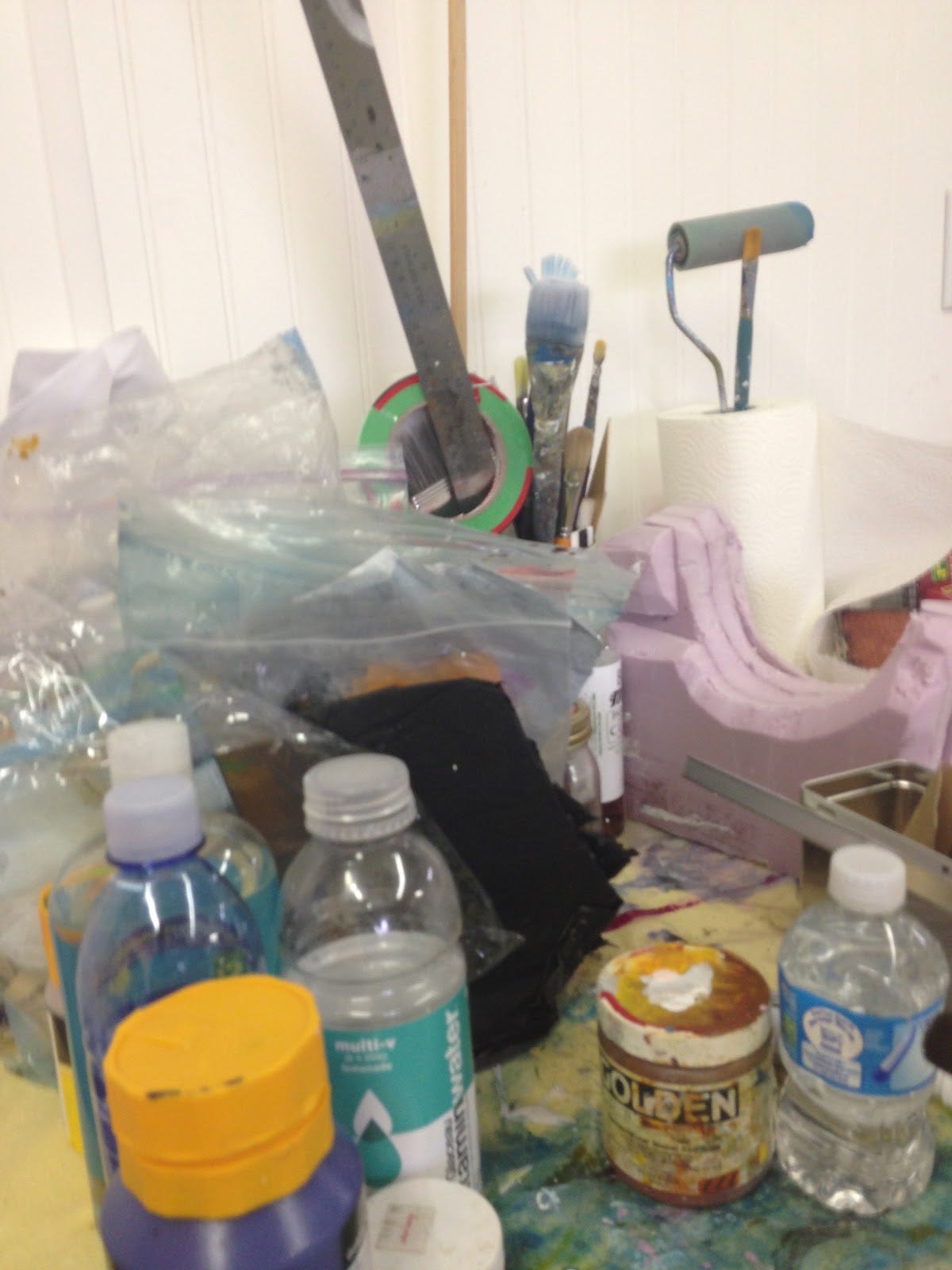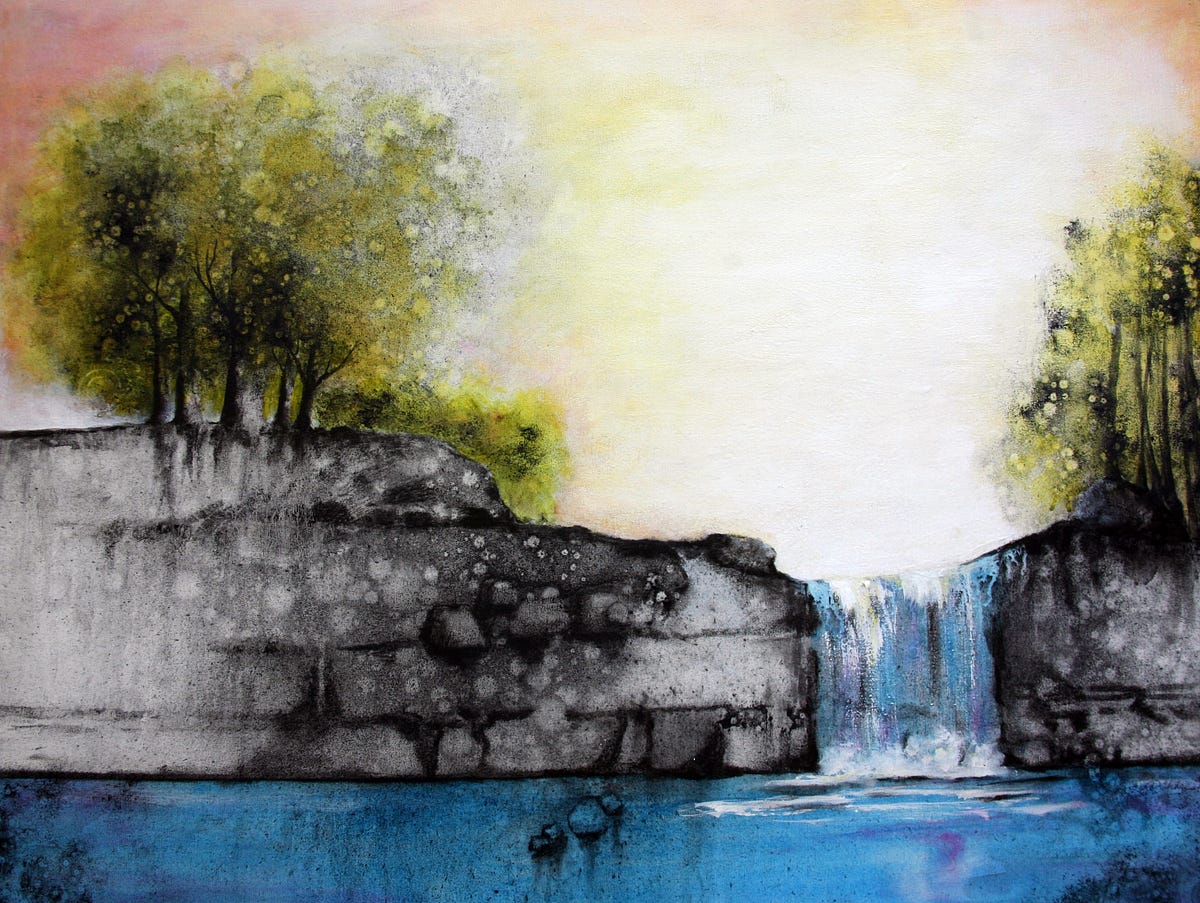Why I picked mixed media
Mixed media has become my ‘go-to medium’ because it allows me to experiment. People get mixed media and multimedia mixed up….
“Mixed media” tends to refer to a work of visual art that combines various traditionally distinct visual art media — for example, a work on canvas that combines paint, ink, and collage could properly be called a “mixed media” work, but not a work of “multimediaart.
“I love trying ‘what will happen if…’ with different art mediums. In another life, I must have been a scientist. I just love mixing and matching to see what will happen. In my current practice, I mix collage, acrylic, watercolour and graphite. Different combinations lead to different results.
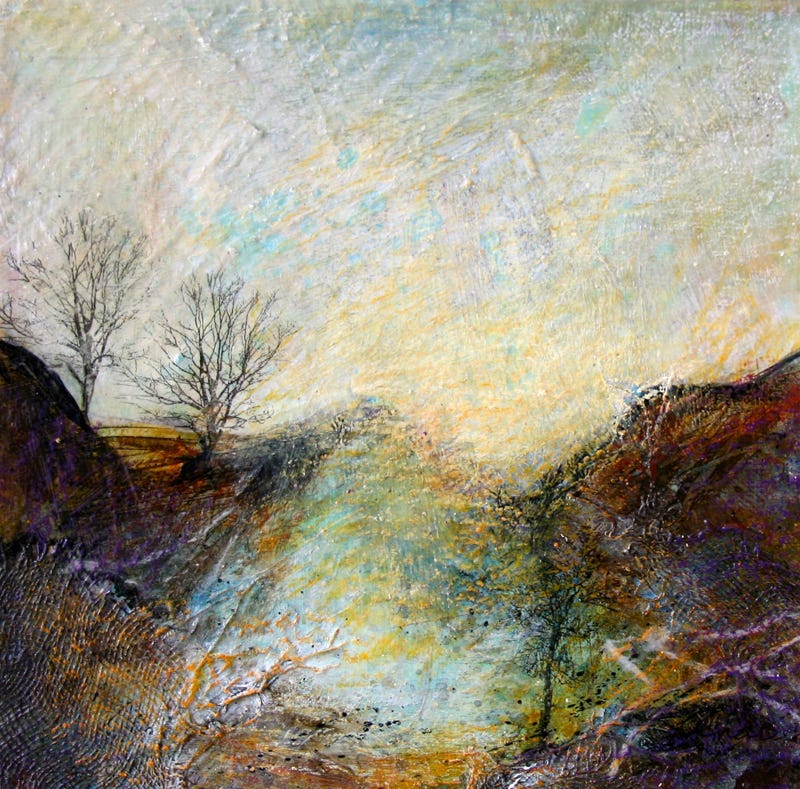
The texture of the graphite appeals to me while the soft subtle tones of watercolour blend nicely with the black and white but I get the ‘punch’ with the acrylic. I add collage for texture too.
Because I have chosen landscape as a topic, all these elements fit right in. I get land-type texture from the graphite. I get soft subtle colours for the water with watercolour and the drama with the collage and acrylic.
When I worked other themes, I loved these elements for the same reason. I worked on a theme of dreams with figures for a few years. I could get the best dramatic effects by combining mediums.
I often tell my students that if you are not happy with your painting when doing mixed media, you just keep painting and collaging. The worst thing that can happen is that your canvas will get heavy and you will need a bigger nail to hang it up. You need not stop if your painting is not working. You need not throw it out. Often an under layer adds to the painting. You can see subtle effects peeping through that you would not have if you had a white background. Having a varied underpainting is an asset.
My favourite mixed media artists include:Kate Borcherding, Christina McPhee and Anne Bagby. I love Anne Bagby’s rich textured work but I also love the expressiveness of McPhee’s and Borcherding’s work. My goal is to combine the expressiveness with the texture.
Depending on the style you work in, you can find lots of inspiration from these artists. This article: https://www.ranker.com/list/mixed-media-art-work-of-this-form-and-medium/reference, will give you even more ideas for your mixed media. It features a wide variety of artistic styles for you to peruse. There a mixed media style for every artist and yours is waiting to be discovered.
Here is a list of popular mixed media artists on Instagram: https://www.sarahdonawerth.com/15-mixed-media-artists-instagram-need-follow-right-now/
I wish I was one of these artists but this is just another reason for me to practice my social media skills as well as my mixed media skills. No matter what style you pick, the marketing and social media jobs need doing too. Groan! Like most artists, I like creating more than marketing. Well, nice visiting with you but I must get going on my social media tasks.
I hope this helps you .
Doris’ website: www.dorischarest.ca
I have creativity courses and art courses online at: https://www.udemy.com/user/dorischarest/
For more information on mixed media by Doris Charest:
https://www.youtube.com/channel/UCltBfqSMAK0OOWeXaKGud6Q?view_as=subscriber
https://www.facebook.com/dorischarest
https://www.pinterest.ca/dalinec/
https://www.instagram.com/dorischarest/
https://www.udemy.com/user/edit-profile/
https://www.skillshare.com/user/dorischarest
All photography and artwork by Doris Charest
Thanks for reading, and please do recommend, like, share, comment, etc. Thanks.
Till next time …

In the valley





